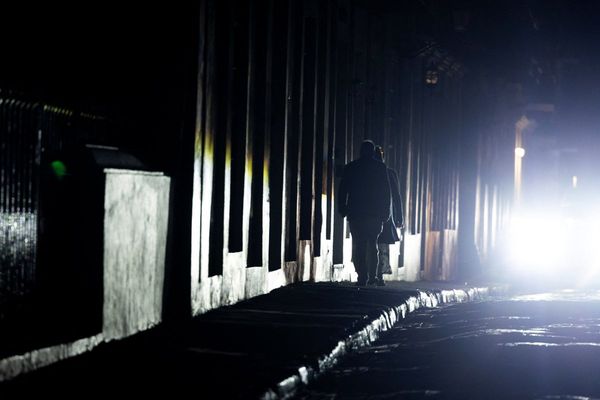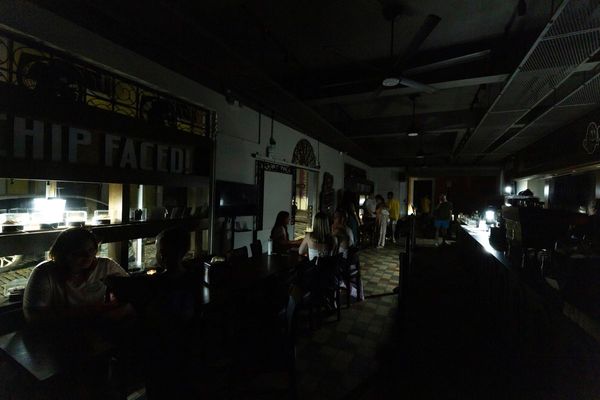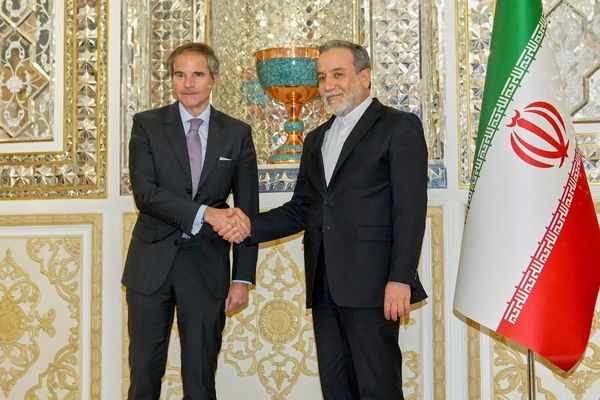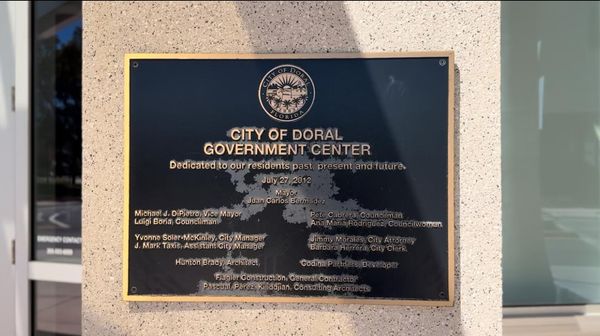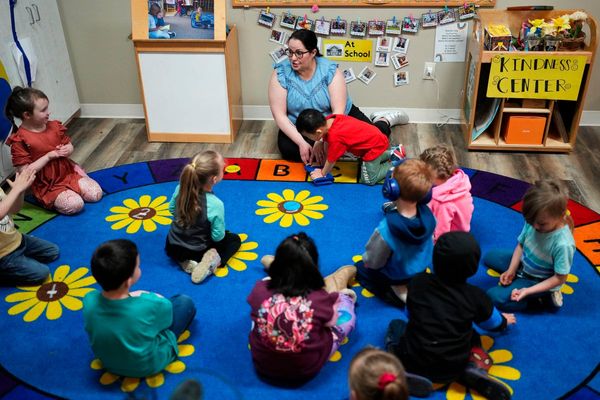Even after the fall of his official residence and the Presidential Secretariat into the hands of protesting citizens, Sri Lankan President Gotabaya Rajapaksa tried to defy the massive public pressure on him to resign. His attempt to leave the country from the Bandaranaike International Airport in Colombo failed. According to the latest media reports, Mr. Rajapaksa and his wife fled the country in a military aircraft in the early hours of July 13. Other senior members of the Rajapaksa family are probably still in the country waiting to escape.
These dramatic events, between July 9 and July 13, are of extraordinary significance. The political family that has ruled Sri Lanka for over 15 years has been ousted from power by an uninterrupted peaceful protest movement of ordinary citizens.
A post-Rajapaksa phase
These developments have opened the doors for a new phase of post-authoritarian politics in Sri Lanka. It may well be called the post-Rajapaksa phase. The key feature of this new phase is the restoration of democracy. There is massive public demand for a return to democracy through the enactment of a new constitution. Abolishing Sri Lanka’s much-hated executive presidential system of government through a comprehensive package of political reforms will have to be a priority in the policy agenda of any new government.
Moreover, a new President, a new Prime Minister and a new government will have to work under the watchful eye of a politically active, alert and vigilant citizenry. A new generation of young political activists who have little patience with the traditional political class and political culture seems to be providing new direction to Sri Lanka’s politicised citizens. In brief, in Sri Lanka’s post-Rajapaksa era, there will be no room for politics as usual.
Two recent developments seem to have facilitated this mammoth change. The first is the unprecedented economic and social crises, accelerated by the economic downturn during the COVID-19 pandemic and the government’s gross mismanagement of the economy. The spread of several waves of social misery caused by a catastrophic economic collapse and the government’s failure to ensure an uninterrupted supply of electricity, fuel, food and essential goods led to a general sense of fury against the President and his government.
The second is the spontaneous protest movement of the affected citizens demanding the immediate resignation of the President and his government. Citizen’s protests have been regular since last year. They began first in rural Sri Lanka after the government’s ban on the import of chemical fertilizers following a rapid drop in foreign exchange reserves. Public schoolteachers and plantation workers also launched their own protests last year, demanding higher wages. In March this year, urban middle classes joined the protests amid the growing economic hardships. On March 31, these protests suddenly developed into a major urban campaign around the rallying cry, ‘Gota Go Home’.
Democratic demands
It is this multi-class, multi-ethnic, multi-generational social movement that became the most powerful agent of change in Sri Lanka’s contemporary politics. The demands of this movement have been radically democratic in character. The movement emphasises not just a change of government, but a change in the political system as a whole. It also wants reforms in the institutions and practices of representative democracy which have been constantly abused by the political elites, particularly the Rajapaksa brothers.
The demand of the new citizen movement is not merely a return to parliamentary democracy, but a democracy that addresses deficits in representative democracy through a strong framework of checks and balances, contains effective measures to prevent corruption and abuse of political power, and enables voters’ right to recall the elected representatives at every level of government. It also wants fusion of direct democratic measures to enable citizens to prevent parliament and the political class from abusing popular mandate.
After the dramatic events on July 9, new complexities have arisen in Sri Lanka’s politics and are characterised by both excitement and anxiety. The excitement is not only because a ruling clique, which thought it was invincible, has been dislodged from power by peaceful means, but also because there is now a huge opening for re-democratisation and the cleansing of politics. Its primary authors are ordinary citizens, not the political elites. The seeds of democratisation have sprouted in the fields of quiet dissent and resistance of the citizens. This is perhaps the biggest contribution made by the nation’s protesting citizens to the contemporary democratic imagination.
There is also anxiety about the capacity of the present political class as well as Parliament to fulfil the expectations of democratic reform of Sri Lankan citizens. Given the radical nature of the demands of the aragalaya (uprising), there are serious doubts about the capacity of political parties, Parliament and the fractured political class to carry out a programme of rapid transition from autocratic authoritarianism to a post-neo liberal democracy embodying commitments to social-democratic and republican goals.
Possible changes
Thus, in the coming weeks and months, two new contradictions with fatal consequences for Sri Lanka’s newly gained democratic freedom are likely to spring up. The first is a polarisation between radical sections of the protesters and the Opposition parties in Parliament which are traditionalist and conservative and sceptical about the aragalaya agenda. Once the contradiction between the Rajapaksas and the others is temporarily sorted out by the ouster of the ruling family from power, the ball is in the parliamentary Opposition’s court to work out a credible succession plan to run the government. Yet, there are signs that infighting among different parties has already begun, centred on the immediate question of who should be the next president. It has, once again, opened the doors for backroom deals and unprincipled coalitions of the corrupt.
This uncertainty is likely to give rise to a second contradiction. The chances of Prime Minister Ranil Wickremesinghe becoming the new President are strong since he will be backed by the MPs of the Sri Lanka Podujana Peramuna, the party of the Rajapaksas. Incidentally, Mr. Wickremesinghe has of late re-invented himself as an ardent protector of Rajapaksa interests. Thus, the continuation of Rajapaksa rule under a different name is most likely to ignite a second phase of confrontation between the aragalaya and what would emerge as the new government.
Such a scenario has the potential to create a situation where an open confrontation between the two competing centres of political power — one represented in Parliament and the President, and the other located on the aragalaya site of Colombo’s Galle Face — is inevitable. This new phase of the conflict will most likely be directed towards sorting out the question of political power. And history tells us that political power is an issue that has been resolved not always by peaceful means.
Jayadeva Uyangoda is Emeritus Professor of Political Science, University of Colombo
